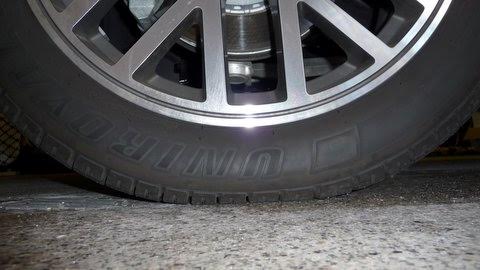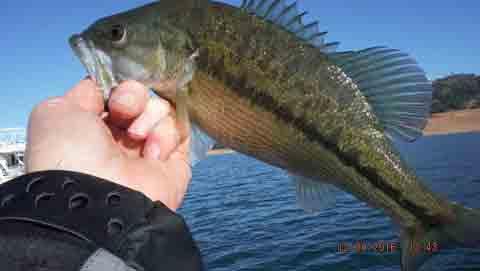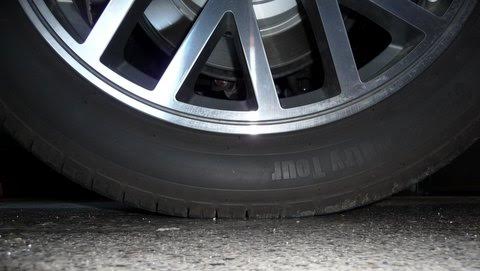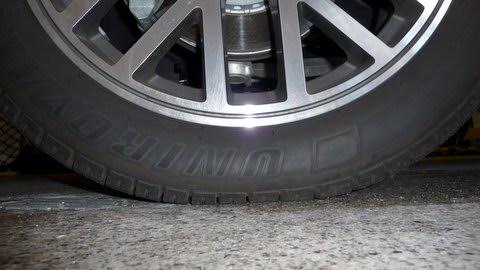Tire sudden sidewall failure

by Don Stec
1-6-2017
Website
Well, winter is upon us again in the North State and it looks like it will bring plenty of rain and snow to the mountains. With the weather, I also expect to see collisions caused by what drivers describe as - “a blowout” of a tire. This is typical every winter as vehicles get out of control on the slippery roadways during icy snow conditions.
Most often when this happens, drivers say their tire 'blew out' and caused the rear of the vehicle to fishtail (slide sideways rapidly back and forth), causing a loss of control; then leaving the roadway; then causing a collision with the shoulder or curb. Often, on inspection, it is revealed that the tire had not failed due to a defect as the driver suspected. Instead, the tire seal to the rim had failed, causing the tire to immediately lose all air and separate from the wheel.
Generally, a tire separating from a wheel is a very unusual condition, yet we see this often in the winter months at the collision repair center. Driver’s descriptions of the cause of such collisions are all similar. As are the basic assumptions that a blowout occurred first, causing the collisions.
It was clear, as time went on, that something was going on with these 'blow-outs' that required us to put on our thinking cap. There were too many coincidences.
We started by checking the air pressure on the other tires of each vehicle that came in when the drivers told a similar story. Without fail, all the tires on every vehicle had dangerously low air pressure…but they did not look low. This caused us to look at other similarities.
1 All the vehicles were smaller, light weight and rear wheel drive.
2 All the vehicles had right rear body damage.
3 All had the right rear tire sidewall deflated.
4 None of the tires were defected
5 All of the vehicles had low tire air pressure.
6 All drivers reported fishtailing.
7 Ice and/or snow on the roadway.
8 Almost all were pickups
Because of the vehicles light weight, especially in the rear end, the tires did not look underinflated, even if they had approximately one half of the required air pressure.
This knowledge led us to another scenario. It appeared, what actually happened, was the vehicle started to fishtail first because of the slippery road conditions. The underinflated tires slid sideways off the roadway onto the shoulder or curb. As the right rear tire slid sideways hitting the shoulder or curb, stress to the sidewall suddenly increased, causing the seal to the wheel to release, and causing instant deflation.
When we suggested this scenario to the drivers, they agreed it appeared possible. As most did not know of the tire failure until after the collision when they inspected their vehicles. They then assumed a blowout caused the collision.
Modern vehicles have the manufacturer's tire pressure posted in the driver’s door jamb. On my personal vehicle, I noticed that on the first 30-degree morning, the tire pressure was ten pounds too low, and it was not obvious. If you have not checked your tire pressure since the summer weather, you have low pressure.
Coachmaster Collision repair* is a past recipient of the District Attorneys award for honesty and integrity in business.
Don Stec is the founder of Coachmaster, a full service collision repair facility also specializing in the collision repair of RV’s. Now retired, Don is proud to have sold the business to long time manager Allan Gordon. Call Coachmaster at 530-243-1310, or stop by at 6851 Eastside Road. Redding, CA.
Photos
More Reports

1-1-2017
Okay guys, it’s that time again. January is here, and the annual sports show season is almost upon us. First...... Read More
Jones Valley trout and spots
Shasta Lake
1-1-2017
Friday, 12/30/16, I made my way out the door at 8:00 AM give or take a few minutes. The outside...... Read More


